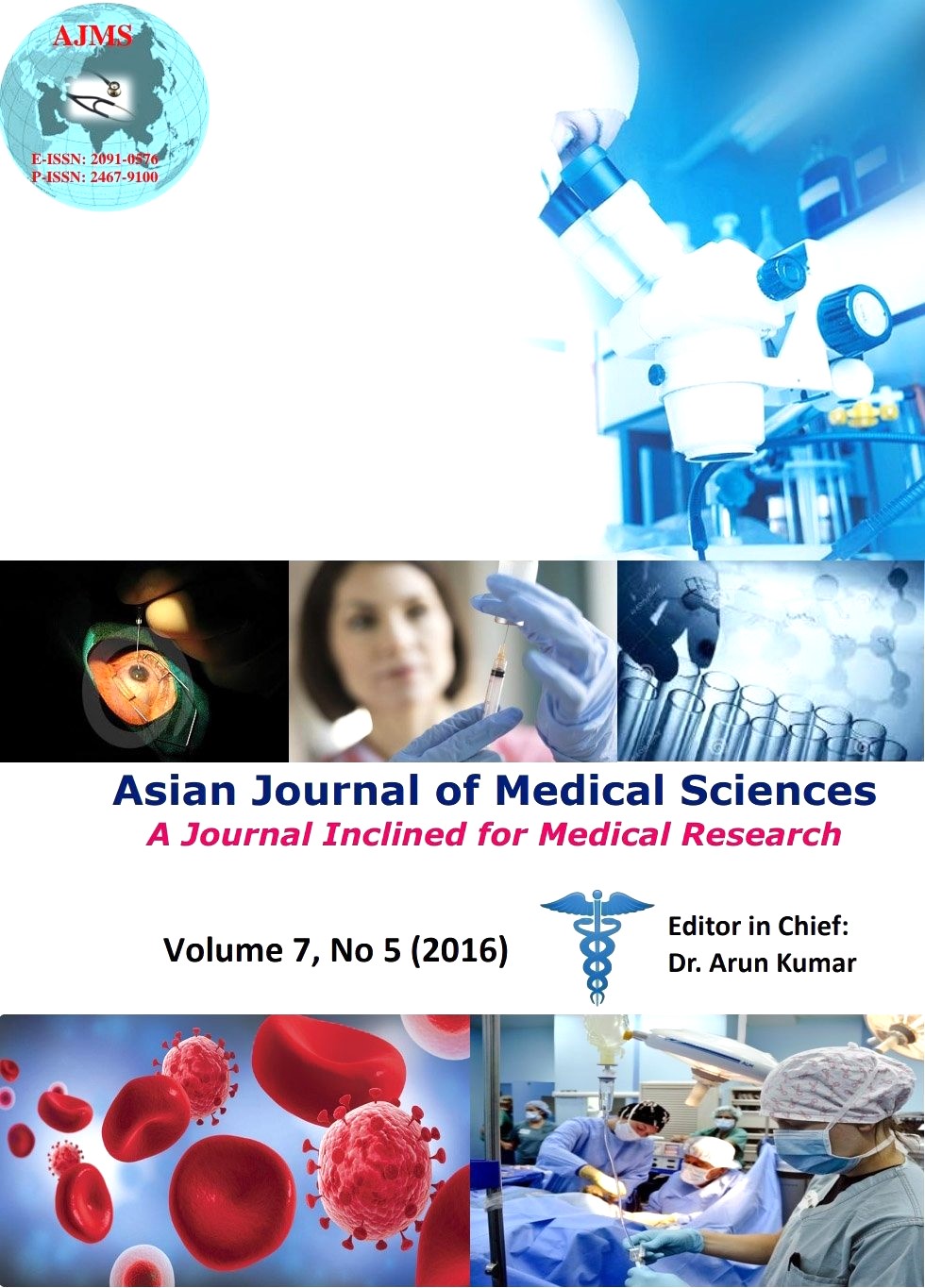Hysterosalpingographic patterns and relevance in the management of infertility in a Nigerian tertiary health Institution
Keywords:
Infertility, Hysterosalpingogram, Fibroids, Tubal OcclusionAbstract
Background: Infertility is a major clinico-social problem not only in Nigeria; but the whole of the sub-saharan Africa and other parts of the world. In Nigeria it accounts for over 50% of attendance in Gynaecological clinics. Hysterosalpingography (HSG) is still a very valuable imaging modality in the work-up of women with infertility; especially in some communities in Nigeria where modern non-invasive diagnostic modalities are not readily available in most of the health institutions.
Aims and Objectives: The study aims at evaluating the HSG findings among women with infertility to further highlight the relevance of this imaging modality in the management of infertility.
Materials and Methods: A retrospective review of 205 consecutive Hysterosalpingograms from the University of Calabar Teaching Hospital between October 2013 and September 2015 was done. The Radiological findings and demographic data of the patients were documented and analyzed.
Results: Pathologies were reported on 176 (85.8%) Hysterosalpingograms while 29 (14.14%) were normal. The age range of the patients was between 21 and 55 years and the commonest age group was 31 – 35 years. The commonest pathological findings were in the uterus; namely uterine fibroids, 86 (41.95%), uterine synaechiae, 19 (9.26%), Asherman syndrome and congenital abnormalities, 5 each (2.43%). The next commonest pathologies were those associated with tubal occlusions
Conclusion: Hysterosalpingography still plays a major investigative role in the evaluation and management of women with infertility. The commonest abnormalities seen in this study were in the uterus.
Asian Journal of Medical Sciences Vol.7(5) 2016 70-74
Downloads
Downloads
Published
How to Cite
Issue
Section
License
Authors who publish with this journal agree to the following terms:
- The journal holds copyright and publishes the work under a Creative Commons CC-BY-NC license that permits use, distribution and reprduction in any medium, provided the original work is properly cited and is not used for commercial purposes. The journal should be recognised as the original publisher of this work.
- Authors are able to enter into separate, additional contractual arrangements for the non-exclusive distribution of the journal's published version of the work (e.g., post it to an institutional repository or publish it in a book), with an acknowledgement of its initial publication in this journal.
- Authors are permitted and encouraged to post their work online (e.g., in institutional repositories or on their website) prior to and during the submission process, as it can lead to productive exchanges, as well as earlier and greater citation of published work (See The Effect of Open Access).




